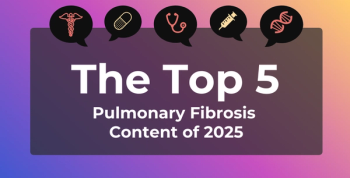
In Real-World Study, Toujeo Reduced Risks of Severe Hypoglycemia Compared With Older Insulins
The study used a claims database to examine records from patients who switched between long-acting insulins.
Sanofi today announced results of a real-world study that showed its latest long-acting insulin, insulin glargine 300 units/mL, sold as Toujeo, significantly reduced the likelihood of severe hypoglycemia compared to a pair of older insulins: Sanofi’s own insulin glargine 100 units/mL, sold as Lantus, and insulin detemir, sold as Levemir by Novo Nordisk.
The study, called LIGHTNING, evaluated electronic medical records of 130,155 adults using the US Optum-Humedica database who were being treated with long-acting insulin. Researchers identified 10,458 adults with type 2 diabetes (T2D) who switched from using any other long-acting insulin to Toujeo, Lantus, or Levemir, and created matched cohorts by demographic and clinical characteristics.
Results showed that switching to Toujeo reduced the risk of a severe event of hypoglycemia by more than 60%, compared with switching to Lantus or Levemir, according to a statement from Sanofi. Severe hypoglycemia was defined as an event that resulted in a trip to the emergency department or an inpatient stay. The mean estimated event rate was: Toujeo, 3.6 events/100 patient years; Lantus, 9.7 events/100 patient years; and Levemir, 15.1 events/100 patient years.
Toujeo, which received FDA approval in February 2015, is actually a competitor with Novo Nordisk’s ultra long-acting insulin degludec, marketed as Tresiba. Both are taken once a day and have a longer window of effectiveness. Thus, ultra long-acting insulins offer people with T2D some flexibility on when they can take their daily dose without being at risk of hypoglycemia.
The study also collected data for Tresiba, and found an event rate of 5.3 events/100 patient years, which was not considered statistically significant. Also, the matched cohort for the comparison for the ultra long-acting insulin was about half the size of the others.
The data are being presented at the 11th Annual Conference on Advanced Technologies and Treatments for Diabetes (ATTD) in Vienna, Austria.
“Sanofi is committed to conducting ongoing research of our medicines to help healthcare professionals better understand not only their efficacy, but also important safety information such as the risk of hypoglycemia when compared to other treatment options,” said Michelle Carnahan, North America diabetes and cardiovascular head for Sanofi.
“These data add to a consistent body of evidence comparing Toujeo with long-acting insulins and strengthens our belief in using machine learning and big data to push the boundaries of real-world studies to help inform healthcare professionals’ and payers’ treatment decisions.”
Newsletter
Stay ahead of policy, cost, and value—subscribe to AJMC for expert insights at the intersection of clinical care and health economics.







































